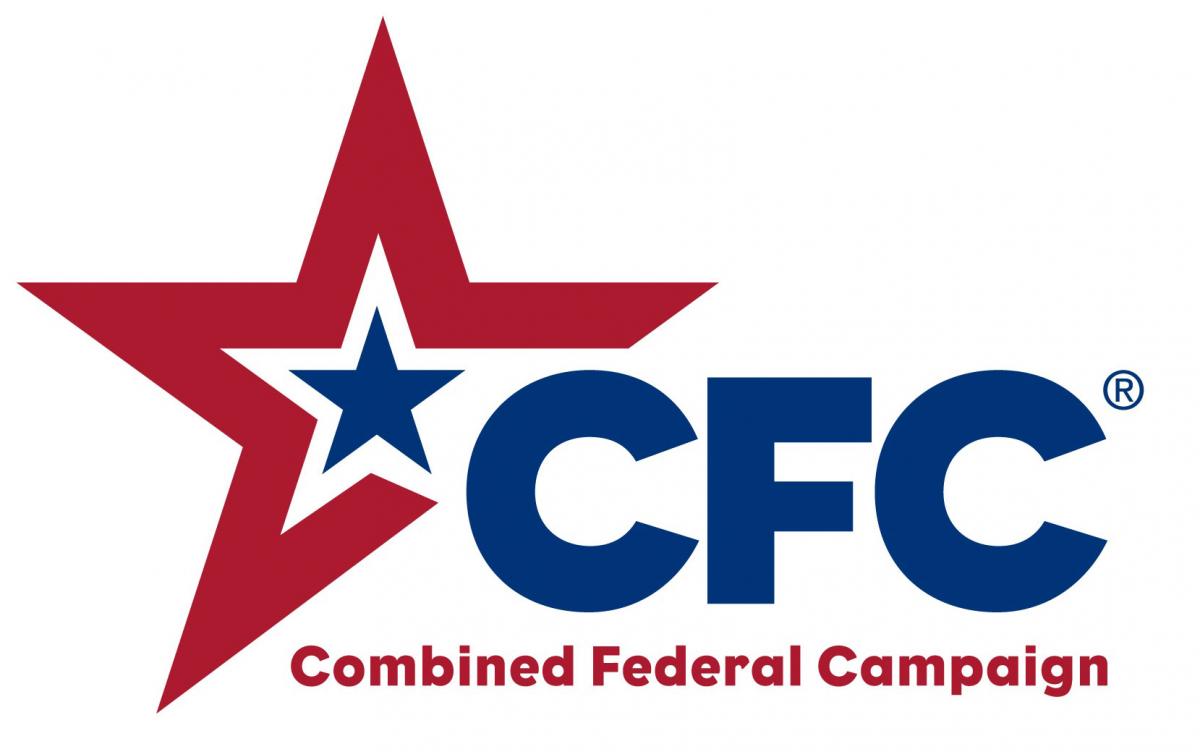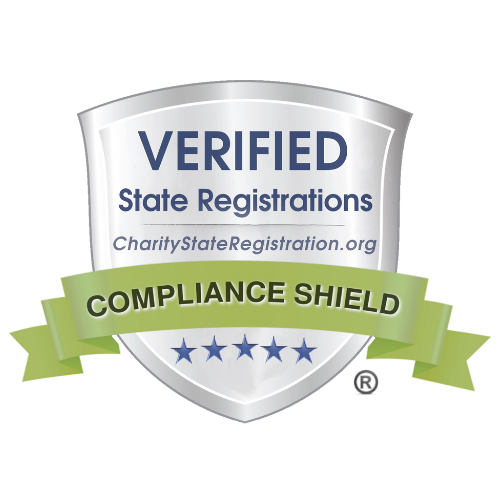Citing COVID-19, the Administration Seeks to Bar Asylum Seekers as a Danger to National Security
Last Updated
Topics
On July 9, 2020, the Administration issued a proposed regulation entitled, “Security Bars and Processing.” The proposed rule seeks to bar entry of asylum applicants who have tested positive for COVID-19, come from a country where COVID-19 is prevalent, and/or exhibit COVID-19 symptoms. The administration is using the economic impact of the COVID-19 pandemic as a basis to apply a mandatory bar to asylum and withholding of removal.
Mandatory Bar: Danger to National Security
An asylum seeker is statutorily ineligible for asylum and barred from withholding of removal if there are "reasonable grounds for regarding the alien as a danger to national security." INA § 208(b)(2)(A)(iv), INA § 241(b)(3)(B)(iv). Likewise, CAT relief is unavailable if an applicant "falls within Section 241(b)(3)(B)." That bar to relief stands unless the applicant can show by a "preponderance of the evidence that such grounds do not apply." 8 C.F.R. § 1208.16(d)(2).
The INA defines “national security” to mean "the national defense, foreign relations, or economic interests of the United States." INA § 219(d)(2); see In re A-H-, 23 I & N Dec. 774, (A.G. 2005) (concluding danger to the security of the United States means any nontrivial risk to the Nation's defense, foreign relations, or economic interests, and there are ‘reasonable grounds for regarding’ an alien as a danger to the national security where there is information that would permit a reasonable person to believe that the alien may pose such a danger.). The “reason to believe” standard is analogous to the probable cause standard. See Yusupov v. AG of the United States, 650 F.3d 968, 985 (3d Cir. 2011) (“The record does not provide … evidence that Petitioners engaged in conduct that was dangerous, or were planning as much, or meaningfully associated with organizations or countries inimical to the United States, terrorist or otherwise. Although a probable cause requirement does not require more probable than not proof, it does require more than mere suspicion.”); Malkandi v. Mukasey, 544 F.3d 1029, 1042 (9th Cir. 2008) (concluding there were "reasonable grounds," i.e., grounds akin to probable cause, for believing that Malkandi, a travel facilitator for Al Qaeda, posed a danger to the United States.)
The Proposed Rule
The rule states “[i]n determining whether an alien or a class of aliens can reasonably be regarded as a danger to the security of the United States under section [241(b)(3)(B)(iv); 208(b)(2)(A)(iv) of the Act], the Attorney General [or Secretary of the Department of Homeland Security] may consider whether the alien exhibits symptoms consistent with being afflicted with any contagious or infectious disease or has come into contact with such disease, or whether the alien or class of aliens is coming from a country, or a political subdivision or region of a country, or has embarked at a place, where such disease is prevalent or epidemic (or had come from that country, subdivision, or region, or embarked at that place, during a period in which the disease was prevalent or epidemic there.)” The proposed rule seeks to change four things:
- Extend the “danger to the security of the United States” bar, Immigration and Nationality Act (“INA”) § 208(b)(2)(A)(iv) (asylum) and INA § 241(b)(3)(B)(iv) (withholding of removal,) so it applies in the context of public health emergencies, such as the COVID-19 pandemic;
- Apply these bars in “credible fear” screenings during the expedited removal process where bars are not previously considered;
- Allow for those who are eligible for “deferral of removal” under the Convention Against Torture — a much lesser form of protection where no bars apply — to be expeditiously removed; and
- Allow DHS prosecutorial discretion to place asylum seekers into regular INA § 240 immigration proceedings or immediately remove them to a third country if they “affirmatively” establish they would be tortured in their home country despite being banned as dangers to national security.
The proposed rule is an extension of an interim final rule released by the Department of Health and Human Services (HHS) on March 24, 2020. The HHS interim final rule (IFR) “provides a procedure for the [Centers for Disease Control and Prevention] CDC to suspend the introduction of persons from designated countries or places, if required, in the interest of public health.” 85 FR 16559-16567. The same day the HHS rule was released, the CDC invoked its authority granted by the IFR to suspend the entry of persons without valid travel documents who seek to enter the United States via the land borders with Mexico and Canada on the ground that they could be “vectors” for transmission of COVID-19. Both the HHS rule and accompanying CDC order have been the subject of intense scrutiny and criticism by public health officials because they are not supported by medical evidence.
The July 9 proposed rule seeks to expel asylum seekers based on the false assumption that they are a public health risk. The rule is potentially unlawful for a number of reasons. First, it runs counter to the United States’ treaty obligations to protect asylum seekers. The national security mandatory bar to asylum was passed as part of the Refugee Act of 1980 and is largely based on the 1951 Refugee Convention, to which the United States is a signatory. The 1951 Refugee Convention provides that a contracting country must not expel or return a refugee to a country where his "life or freedom would be threatened … [unless] …there are reasonable grounds for regarding [the refugee] as a danger to the security of the country in which he is.” Extending the national security bar to include public health crises is contrary to the intent of the 1951 Refugee Convention. While many 1951 Convention signatories have had to adapt asylum procedures to account for the dangers of COVID-19, there is no evidence that other countries have substantially changed the refugee definition to exclude asylum seekers based solely on COVID-19.
Moreover, the supposed justification for this proposed rule, that would completely exclude asylum seekers from the United States during the pandemic, is the alleged threat they pose to the economic interests of the United States. The proposed rule does not provide any statistical data to conclude that the entry of asylum seekers directly affects the economy, nor does it provide evidence that alternatives were considered to stem the spread of COVID-19, while adhering to national treaty obligations and the INA.
Second, the proposed rule bars entry of asylum seekers based on a “probable cause” that the asylum seeker may have COVID-19. The rule does not require that asylum seekers be tested, but simply allows them to be barred from asylum if they come from a country where COVID-19 is prevalent, regardless of whether they come from an air, land or sea port of entry. Thus, anyone seeking asylum from a country such as Brazil, Pakistan, India or Guatemala would be barred from asylum, even if the person does not have COVID-19, since medical screening is not required by the proposed rule. The proposed rule is the administration’s thinly veiled attempt to continue its destruction of the asylum system.
Third, the wording of the proposed rule suggests that asylum seekers who are in the United States, awaiting an asylum hearing or an asylum interview, can also be barred. Thus, asylum seekers who have waited for an asylum hearing while in detention or have been waiting a long time for an asylum interview and have been exposed to COVID 19 or even exhibit symptoms, will potentially be barred as a danger to national security. The proposed rule could indiscriminately bar asylum seekers, including front line workers in the health and service industry, as dangers to national security based on any exposure to or symptom of COVID-19.
Finally, the vague wording of the proposed rule could potentially apply to asylum seekers coming from countries where any communicable disease is prevalent. The proposed rule could potentially apply to treatable conditions like gonorrhea, syphilis and tuberculosis, or any other disease that the government deems communicable.
Instead of barring vulnerable asylum seekers as national security dangers based on the current pandemic, the administration should allow for an orderly asylum system for applicants to be tested and/or quarantined and/or released to family and friends where they can shelter in place, as recommended by medical experts.
The administration published the proposed rule on July 9, 2020, and the comment period is open until August 10, 2020. To submit a comment, please check here. For more resources on the administration’s continued assault on asylum seekers, please see CLINIC’s webpage for information on the recent proposed asylum rule and CLINIC’s FAQs on the new final rules pertaining to employment authorization for asylum seekers.





